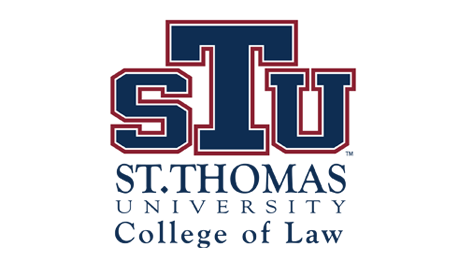St. Thomas Law Review
First Page
383
Document Type
Article
Abstract
The trial system is in a form of crisis. Recently, the United States Supreme Court effectively recognized that we no longer have a jury system. Instead, we have a plea bargaining system with the remote possibility of a jury trial at the very tail end of that system. Given the pervasiveness of sensational news stories, the option of settlement may appear more attractive to a litigant because it avoids the public display that often accompanies high-profile trials. This also serves a benefit to nervous judges who, without the stress of a trial, may avoid the onslaught of media pressure for court documents, comments regarding the case, or permission to observe certain proceedings. Finally, settling outside of trial also places bargaining chips in the hands of defendants who might face weak odds for trial. Litigants' desire to avoid trial is likely bolstered by the prevalence of media that now spreads mass amounts of information and misinformation to consumers and jurors at an alarming rate through use of smart phones, laptops, and tablets. Provocative images and half-truths of high-profile trials reach out of television screens and into the bedrooms of incensed viewers. Bias in the media's focus of civil trial coverage, which arguably favors plaintiffs civil judgments as opposed to defense's victories, may also scare litigants from the prospect of going to trial. As a consequence of increased media coverage, the idea of a contained and secure jury information space is increasingly threatened by new media. The courts are in a transition to which the Internet is key. This is a transition at the heart of a tug-of-war between the nature of jury trial and its explosive clashes with hungry media and a volatile public. Ideally, a jury trial creates a separate, isolated information space, which is insulated from the outside. The jury is presented with a crafted body of evidence and called upon to make a decision. The development of the Internet presents an inflection point in the evolution of the communications environment in which judges and the architects of trial attempt to pull off a form of magic. These architects, the jury and the trial system, actually create a truth. This truth is intended to be free of external influences. Remarkably, this is a system built on an idea that if almost any dispute in our society is run through the judicial machinery known as trial, out the other end will pop a manufactured truth. Though, with the advent of today's technological landscape and the ease with which jurors obtain media, that machine has developed its fair share of kinks. What makes the truth created by this judicial machine credible to a wider public has much to do with the control of the trial system's seemingly delicate information space. The shifting communication environment threatens this view of the jury trial and the exponential speed with which the environment is shifting presents a problem that must be addressed now with radical new ideas.
Recommended Citation
Charles Nesson,
What You Have Said in the Dark: The Evolution of Media in the Courtroom and the New Challenges of Containing the Jury's Information Space,
24
St. Thomas L. Rev.
383
(2012).
Available at:
https://scholarship.stu.edu/stlr/vol24/iss3/2

